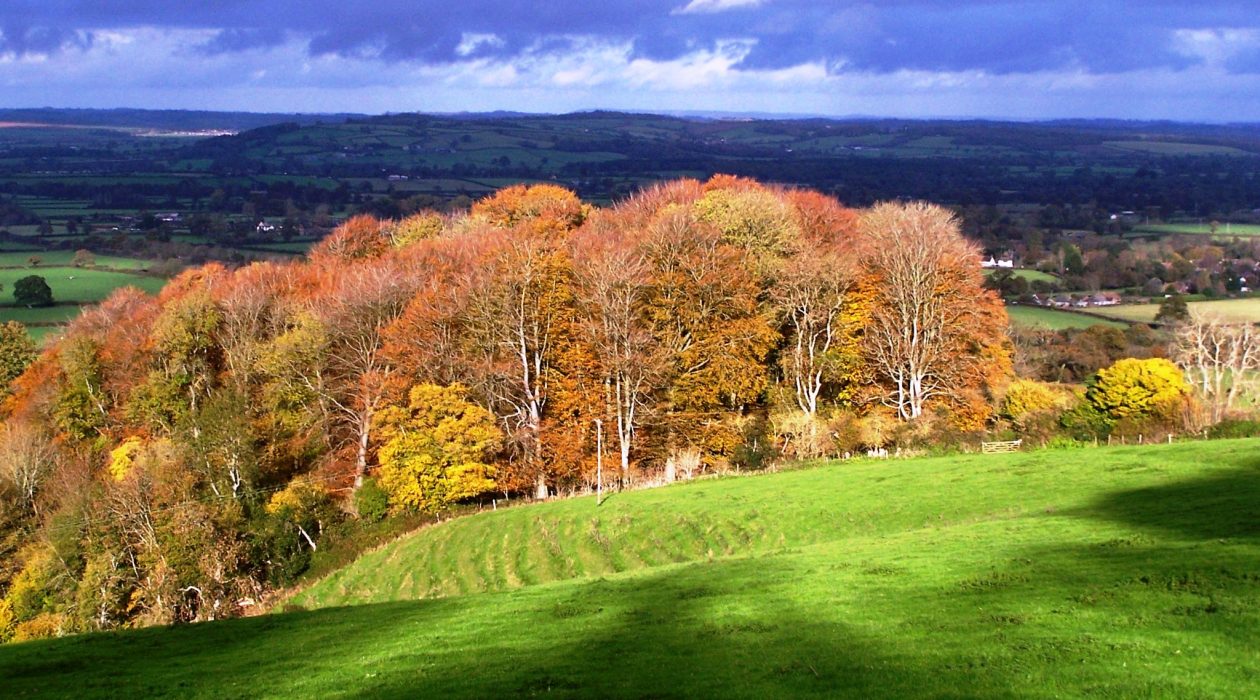Limestone Hills
Although found elsewhere around the northern part of the county, the only limestone hills type within the National Landscape is found at Melbury Park.

Although found elsewhere around the northern part of the county, the only limestone hills type within the National Landscape is found at Melbury Park.

Although found elsewhere around the northern part of the county, the only limestone hills type within the National Landscape is found at Melbury Park. Much of the area is dominated by the designed parkland at Melbury with its distinctive, sweeping parkland landscape. Elsewhere, a series of low, rounded limestone hills with dense wooded sides contrast with the broad clay valleys composed of pasture and arable fields, with winding lanes and springs.
Landscape change